Work out tips
Lorem ipsum dolor sit amet, consectetur adipiscing elit, sed do eiusmod tempor incididunt ut labore et dolore magna aliqua.
Lorem ipsum dolor sit amet, consectetur adipiscing elit, sed do eiusmod tempor incididunt ut labore et dolore magna aliqua.
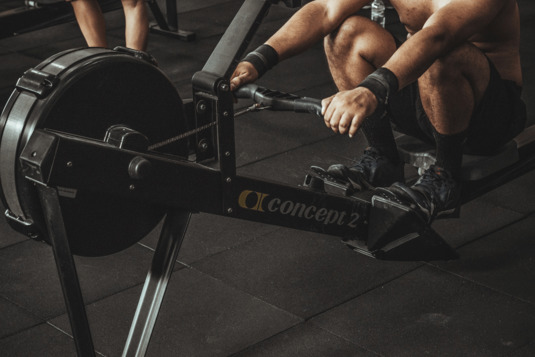
If you aim to strengthen your muscles and lose weight, a rowing machine will be a perfect choice. Besides hitting these two aims, a rowing machine has many benefits for your health. 1. Reduces the risk for cardiovascular diseases Regular physical activity is a great protector from strokes and makes your heart performance in delivering oxygen much better. 2. Improves your breathing capacity When you start to work out regularly, your muscles require less oxygen, which means you don’t get out of breath quickly. This is great for people with asthma or COPD because rowing can improve their symptoms. However, remember to consult your doctor first. 3. Lowers cholesterol and risk of type 2 diabetes While exercising, our bodies burn glucose, and our blood sugar level decreases. Besides, sport makes our bodies more sensitive to insulin, thus playing a role of a natural regulator of blood sugar levels. 4. Low impact on your joints Generally, rowing is characterized by gentler and precise movements that lower the risk of back sprains and sports injuries. 5. Fights degenerative diseases such as Alzheimer's and Parkinson's Even people of advanced age can do rowing exercises. Recent studies proved that regular physical activity reduces the risks and delays the symptoms of degenerative diseases such as Alzheimer's or Parkinson's.
1. Interval training is more effective than running at a steady pace Make sure your training is divided into several intervals when you change your speed from moderate to sprinting and then back to jogging. This will help you burn more calories, build endurance, and lose weight. 2. Never hold the handrails When you grab the handrails, your leg muscles work less, and you don’t burn as many calories as you want to. 3. Incline is important If you want to train your thighs, calves, and glutes better, pump up the incline of your treadmill.
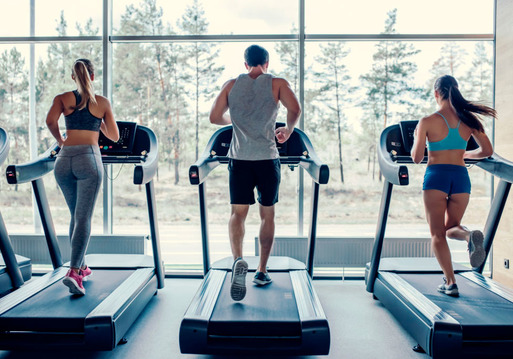
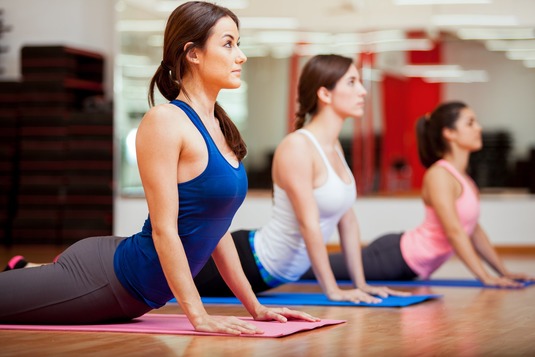
1. Regular physical activity improves your mood because your body produces endorphins, special chemicals that make us feel happier. 2. Exercises boost your energy levels, and you’ll feel less and less tired in time. 3. If you have trouble sleeping, regular workouts will help you fall asleep faster and easier. 4. When we reach our fitness goals, we feel more confident, and our self-esteem increases. 5. After working out, your brain and body calm down due to the fall of cortisol and adrenaline levels in your blood, making you feel less stressed. 6. People who keep an active lifestyle become more efficient at work and get along better with their colleagues. 7. Combining diet and physical activity helps to lose and regulate weight. 8. Physical exercises keep your heart, bones, and muscles healthy and increase your productive life span.
Aerobic exercise, for example, cycling, jogging, or swimming, raises your heart rate and makes you sweat. It helps with blood pressure and cholesterol, reducing your risk for heart attack and strokes. Moreover, when you do cardio, your heart delivers more oxygen to your body organs, which prevents you from some serious chronic diseases, such as Alzheimer’s disease, strokes, and arthritis. Being active increases blood circulation, which leads to healthier skin with almost no breakouts and helps boost your mood, especially after a stressful day. If you experience signs of depression, low self-esteem, and sleep deprivation, regular cardiovascular exercises will help your body produce serotonin, dopamine, and norepinephrine to cope with these problems. And let’s not forget about the benefits to your immune system. Cardio exercise helps your immune system fight any bacterial infections because the antibodies and white blood cells will move around faster and fight any potential illnesses much better.
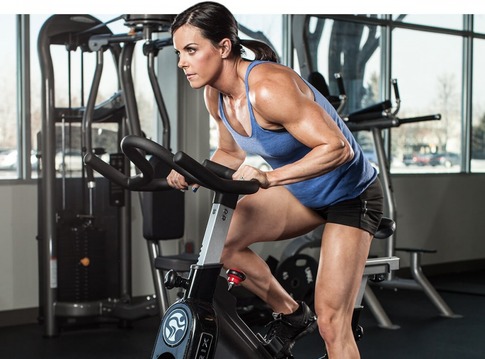
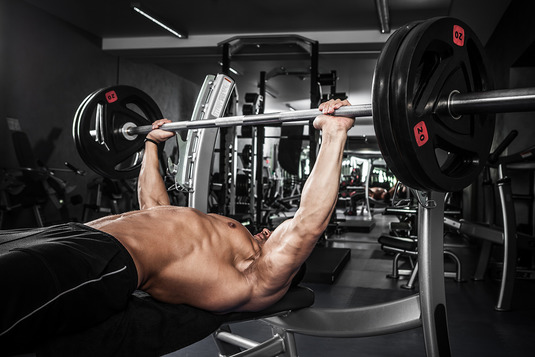
No one is protected from a workout injury, even experienced athletes. Learn how to decrease your risk of getting injured with our helpful tips. 1. Never forget about warm-up and cool-down exercises. Every workout session should begin with a warm-up and end with a cool-down period. Help your body get ready for training and gradually increase the tempo to prepare your heart and joints. When your workout comes to an end, slowly bring your heart rate back to normal. 2. Don’t underestimate the importance of stretching Do some stretching exercises before and after your training. This will help you get into the working mood and increase flexibility which may help prevent further injuries. 3. Never rush into a new workout plan Remember that it’s crucial to start slowly and gradually increase your workout sessions' intensity, duration, and frequency. Don’t push yourself too hard as it will only make you stressed and tense. 4. Diversify your training routine Don’t do the same exercises over and over again. If you keep repeating the same muscle movements, it can lead to shin splints and tendinitis. 5. Keep your body hydrated and never starve Make sure to drink plenty of water before, during, and after your training. Eat a small meal regularly to keep a steady fuel source for your body. 6. Choose your clothes and footwear carefully Every type of workout requires proper gear. If you like running, buy a good pair of running shoes that fit you properly.
Being active brings numerous health benefits to your heart and lungs, increases your life expectancy, and lowers the risk of certain chronic diseases, like cancer or diabetes type 2. Cycling is an optimal way to keep fit and lose weight, but follow these tips to make your workouts efficient. 1. Put your bike in the proper position Adjust the seat according to the height of your hips. Remember that your knees should be slightly bent to prevent any injuries. Change the position of your back to suit your workout goals: leaning forward will give you more cycling power, but you might lose in comfort. 2. Warming up is the key Start your training with some warm-up exercises and gradually increase their intensity. Every warm-up period should last 5-10 minutes, and it’s better to combine 5 minutes of stretching with 5 minutes of cycling at a moderate speed. 3. Never skip cool-down exercises Always finish your workout with a 5-10 minutes recovery period to prevent muscle soreness the next day. 4. Carefully choose your aim Opt for an aerobic workout (70-80% of your MHR) if you want to lose weight and train in the anaerobic zone (80-90% of your MHR) to improve your performance and endurance. 5. Keep your body hydrated Always take a water bottle with you and drink water regularly throughout the workout.
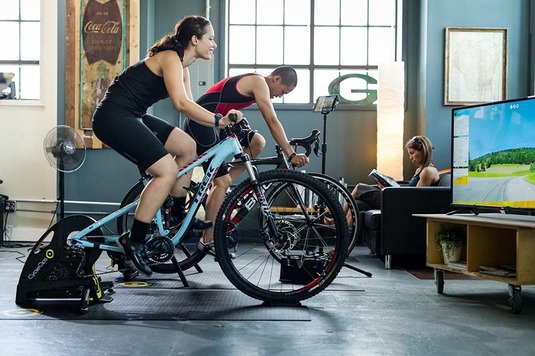

In our fast-paced world, it’s vital to maximize your workout while wasting your time hanging around gym machines. Here are some helpful tricks to help you make your training more enjoyable. 1. Visit the gym in the morning Gyms are usually less busy in the morning, which means you’ll spend less time waiting to use your favorite machine. 2. Plan your workout in advance This way, you won’t waste any time thinking about what exercises to do next. Lots of fitness apps will guide you through a full-body workout. 3. Always have a back plan If the equipment you want to use is busy, it’s great to have a backup plan that will help you choose a similar movement machine. 4. Always do warm-up exercises Warming up is vital if you don’t want to end up with an injury. Remember that a proper warm-up should last between five to ten minutes. 5. Try High-Intensity Interval Training HIIT is one of the best ways to save time in the gym and ensure your training is short and effective.